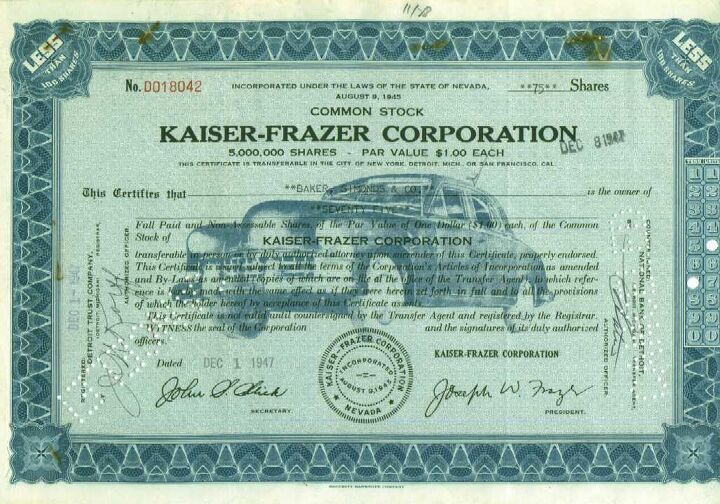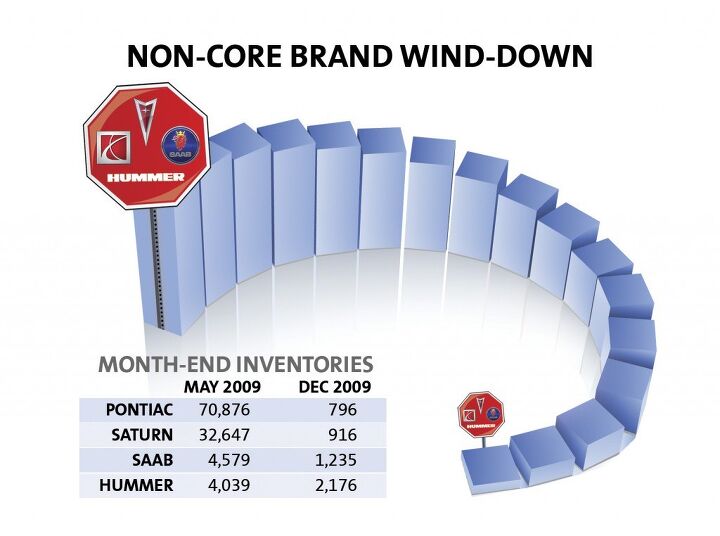#Financing
Edmunds: Record Percentage Of March Sales Were Financed At Zero Percent
Ever since a debt crisis toppled the already-precarious auto sector into undeniable crisis there’s been a running debate about when US car sales would “return to normal.” By now though, even the most ardent bulls seem to have accepted that 2007’s 16m number will be out of reach for at least several more years. So, how will we know when we’ve hit the new normal? According to Edmunds, at least one statistic roared back to 2006 levels last month: the percentage of sales financed at zero percent.
In March, more than 22 percent of financed new cars were purchased with zero-percent finance deals. Last March the total was just 13 percent. The prior high was 21 percent in July 2006.
EV Startup Scores $25m, Ford Still Banking With Uncle Sam
According to Detroit lore, Henry Kaiser once loudly threatened to throw one hundred million dollars in 1940s money towards the greater glory of Kaiser Motors, drawing a bemused chuckle from GM Chairman Alfred Sloan who quipped “give the man one chip.” Fast forward to 2009, and Coda Automotive, a firm hoping to sell Californians a $45k EV-ified Hafei Saibao Sedan, just scored $25m in funding reports Earth2Tech. That gives the firm a total of $74m raised so far, although the current round of funding won’t closed for another few months, say spokespeople. The latest money, from Aeris Capital, will be spent on “final safety certification testing,” as well as scaling up battery production. In short, Coda is almost-not-quite all the way to one chip in the car game… but that’s still only good for one roll of the dice. Even the weakest automakers have many multiples of that sum in their Treasury escrow accounts. And even the allegedly “bailout free” automakers get to raise debt with a little help from their government friend, TALF.
Inside GM's December Sales
Speaking to Bloomberg yesterday, GM Sales Boss Susan Docherty called December’s sales results “very encouraging.” Her argument: heavy fleet sales in December 2008 explain why December 09 results look worse by comparison. But spinning sales results as the product of conscious fleet percentage reductions is just one longstanding GM tradition that Docherty indulged in: talking points touting falling incentives and improved inventory weren’t far behind. None of which is necessarily indicative of a satisfactory performance. In fact, if you dissect the spin, it’s clear that what lies beneath is not nearly as attractive as the PR would have you believe.















Recent Comments